Planting Tuberous Begonias: Which End Is Up?
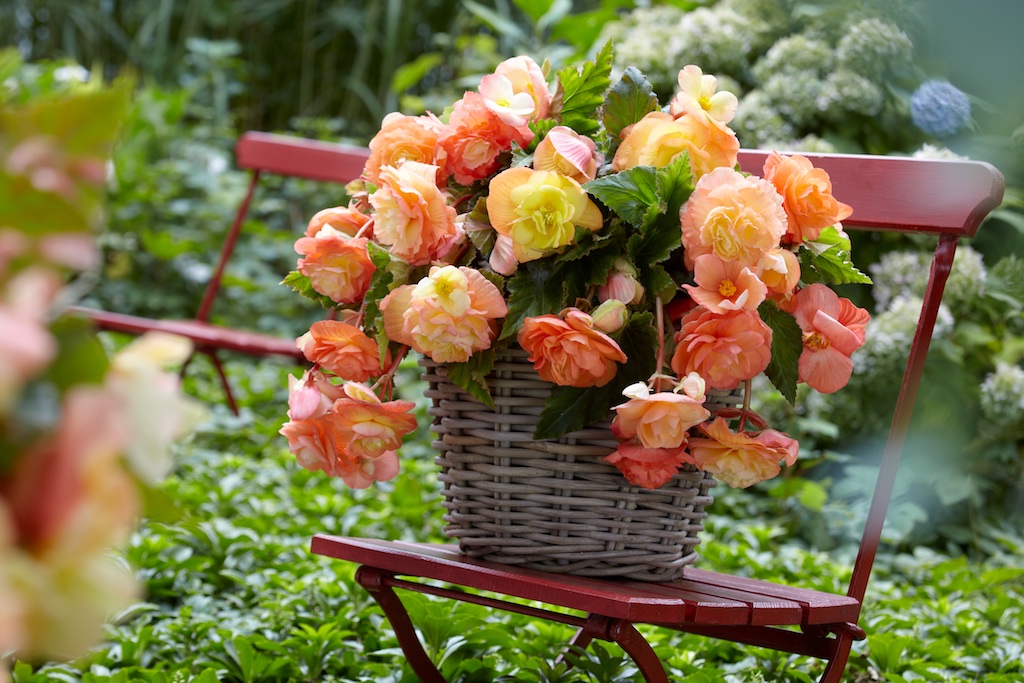
Begonias were named the National Garden Bureau’s 2016 annual of the year. This family of heat-loving and mostly shade-loving plants, includes rex begonias, wax begonias, Begonia boliviensis (‘Bonfire’) and our favorite — tuberous begonias.
A single begonia plant can produce an astonishing number of flowers. With tuberous begonias, the key to getting a big plant with lots of blooms is getting an early start. It takes about 3 months for the tubers to wake up, leaf out and start flowering. So in most parts of the country, the tubers should be planted indoors during February and March.
As with other types of bulbs, a begonia tuber is filled with stored food energy that the young plant uses to fuel its growth.
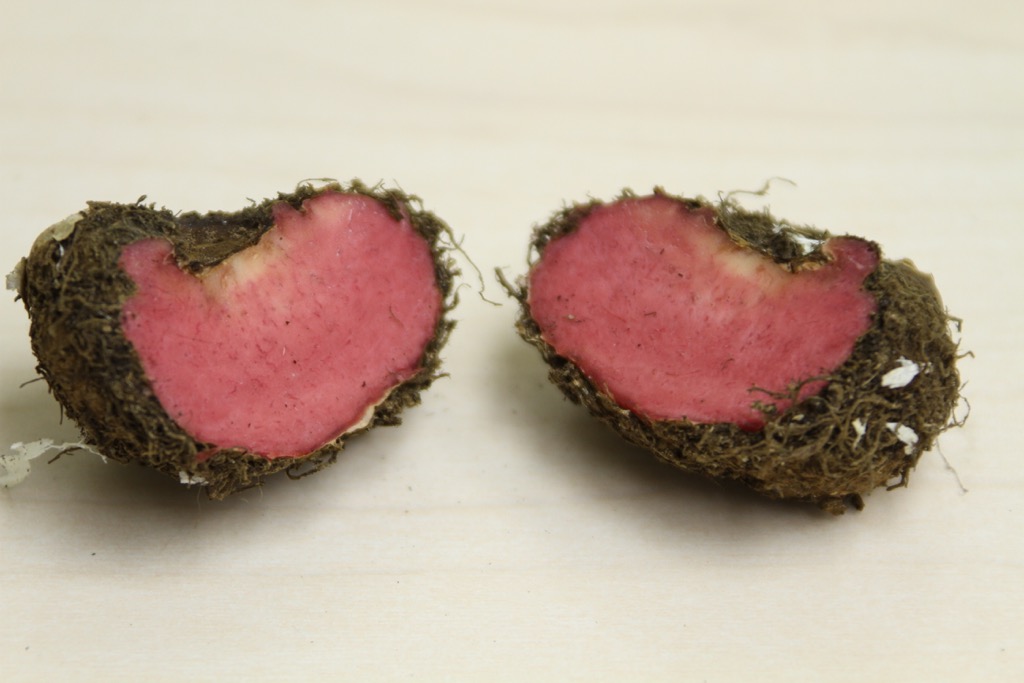
The outside of a begonia tuber is brown and covered with dried root hairs. If you cut the tuber in half, you can see that the inside is dense (and pink!) and resembles the inside of a potato (though it’s NOT edible). Like a potato, the outside of the tuber is also covered with little growth points or “eyes”.
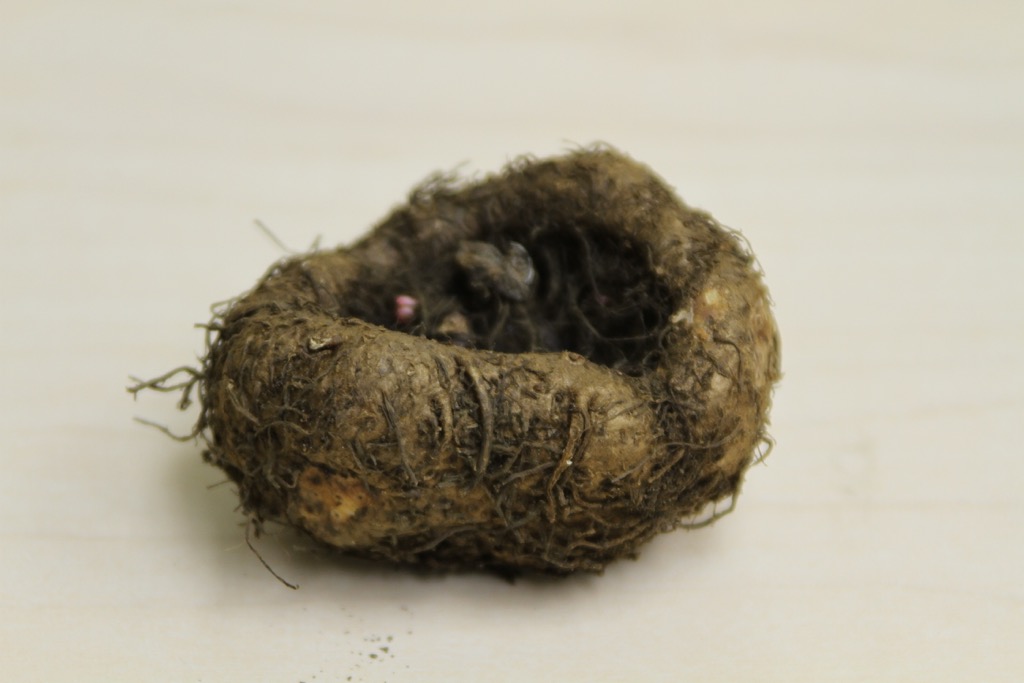
Begonia tubers have two sides: one is cupped (concave) and the other is domed (convex). The domed side of the tuber should rest on the soil surface, so it sits like a bowl (as shown above). As the tuber starts to grow, fine root hairs form on both the outside and inside of the bowl.
Most of the tuber’s eyes are located inside the cupped area where they are safe from harm. When these eyes sprout, they will grow up toward the light and develop into the plant’s stems, leaves and flowers.
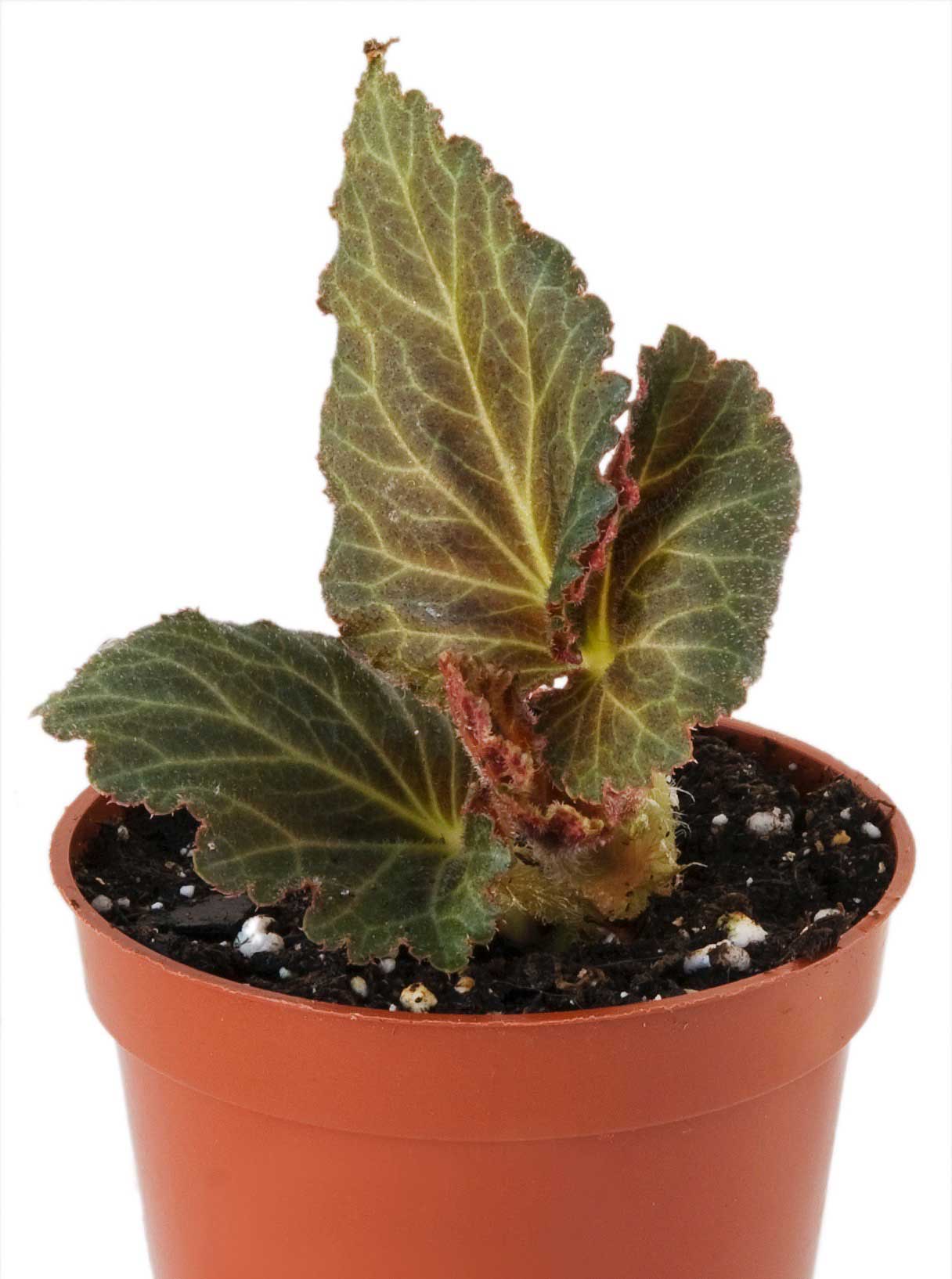
There are quite a few different types of tuberous begonias. There are cascading ones like Pink Balcony (shown below) that are perfect for hanging baskets. Lightly fragrant Odorata White and Odorata Red also have a cascading habit.
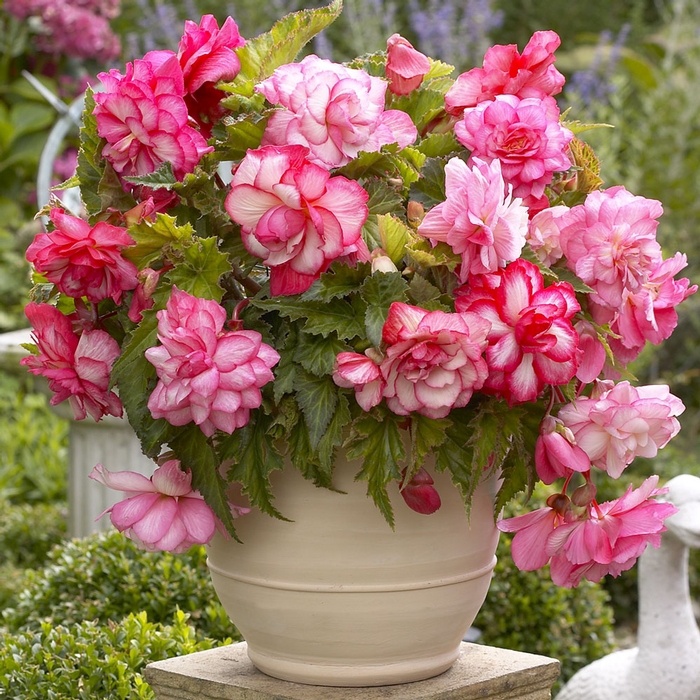
There are also roseform, ruffled fimbriata and picotee tuberous begonias. You can see them all on our website: www.longfield-gardens.com. Tubers are usually available for planting from February through May.
To learn more about growing begonias from tubers, you might be interested in reading: All About Begonias, How to Start Tuberous Begonias Indoors and Types of Begonias.

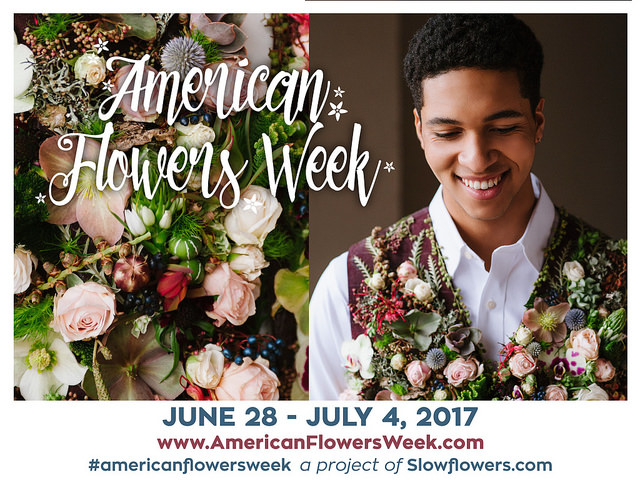
Thank you so much for your site! Your post about planting begonias was very clear, precise and informative. Thank you again and God bless you.
I have three 15+ years old tubers grown in containers, and two are doing well with nice pink “eyes”. However one very large tuber about 7″ in length, is not producing ANY “eyes” this year. I pot it, but no growth.
Is this the end life of the tuber? I am tempted to cut it and put growth hormone to see I can save it. This tuber has been a consistent performer in prior years producing stunning saucer sized salmon hued flowers, the last year less so.
Any advice on what can I do to save this beautiful plant?
Hi Maria, Sorry for the delay. We sent your question to our begonia supplier in Belgium. They wrote back that your tubers have already lasted much longer than average. The tubers do have a lifespan and its sounds like yours reached the end. From what I understand, begonia tubers cannot be cut into pieces and propagated like a potato. The best option is to take root cuttings. You may want to try that in case your other tubers decide it’s time to quit. Here is an article from University of Minnesota Extension about how to propagate tuberous begonias: https://www.extension.umn.edu/garden/yard-garden/flowers/tuberous-begonias/
Hi Kath, Thank you kindly for looking into this. I suppose all good things come to an end! It was a terrific performer year after year. As you suggest, I will try to take cuttings from my other tubers. Thanks for the link also.